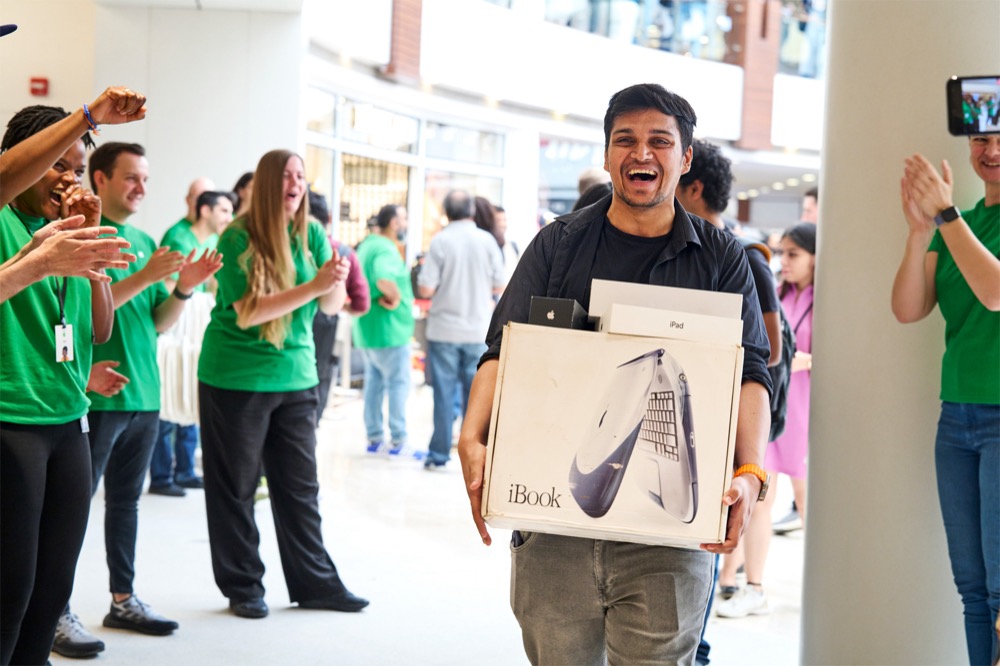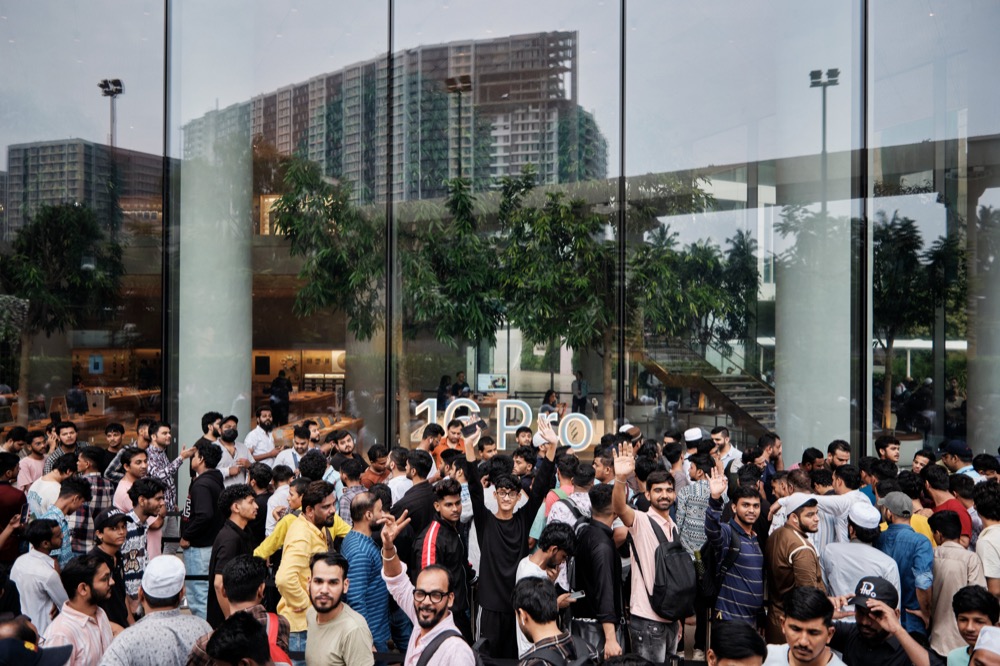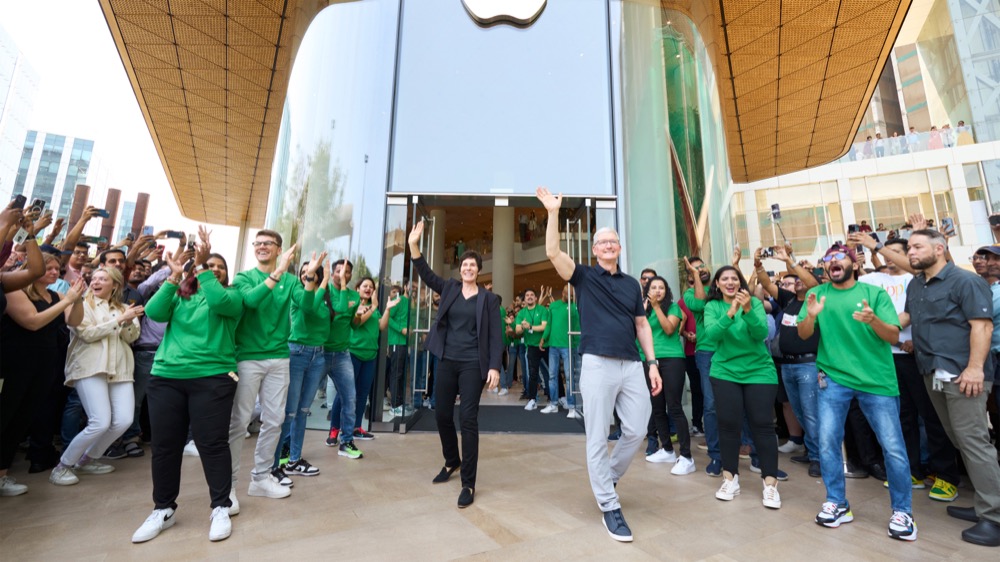
Did I tell you not to underestimate the importance of Apple’s business in India? I do, and have continued to do so for years. At least one iPhone is currently being developed in India, and more and more devices manufactured there are being exported, with the Apple iPhone further engulfing India’s growing smartphone market. The three stories are big on their own, but taken together they will make a huge difference to Apple’s long-term business.
Developed in India
To be fair, the iPhone isn’t exactly developed in India, but its manufacturing process is. Foxconn is reportedly doing early development of the entry-level iPhone 17 at its factory in Bangalore, India. This is a major first for Apple manufacturing, as until now this process has been entirely China-based.
What Apple is doing is giving Indian engineers the opportunity to develop prototypes that meet the quality standards of the prototypes they manufacture in California. Apparently, the idea is to start developing these devices closer to where final assembly will take place, perhaps in search of higher production efficiency and lower costs. It seems a little premature to repeat speculation about the next iPhone, but we do know that it looks similar, has a faster chip, and has an improved camera. Because every iteration of the device always has those elements.
Made in India
Look no further than your iPhone box in the future, as it looks increasingly likely that the next iPhone will be manufactured in India. While the country doesn’t account for all the devices, it’s significant that iPhone exports from India reached $6 billion in the six months to September 2024, up 33% from last year.
The increase in the value of exported devices reflects the accelerating expansion of Apple partners into India as more component suppliers set up shop in the country. Indian conglomerate Tata Electronics recently acquired Wistron’s iPhone factory and, after some trouble, is now operating online, from where it exports about $1.7 billion worth of iPhones.

iPhone 16 series launched at Apple Mumbai – are these manufactured in India?
What this means for most of us is that the iPhone supply chain may feel a little more secure than it did when we relied on one country for supply. What that means for people in India is that the world’s largest AI ecosystem manufacturer is bringing jobs and economic growth to India.
The company is currently recruiting 400 people to staff four new Apple retail stores scheduled to open next year in Bengaluru, Pune, Delhi-NCR and Mumbai. This boost to the local economy and jobs means Indian consumers are more willing to buy Apple devices, especially now that the iPhone is locally manufactured and available without additional import taxes. It looks like this. Apple is also looking for local component suppliers to integrate into its existing supply chain.
buy in india
No wonder Indian consumers are devaluing their currency in search of new iPhones.
The Indian smartphone market grew by 3% year-on-year and its business increased by 12%. Apple is also a part of this growth curve and the company managed to capture 22% of the purchases in the Indian smartphone market in Q3 2024. This was before the iPhone 16 actually hit stores.
Of course, this is good news for Apple, but it also means the company is closing in on Samsung to become India’s largest smartphone vendor. This is a big difference from just a few years ago, when Apple had just 1% of the market. IDC predicts the company will sell up to 12.5 million iPhones in India this year.
Prachir Singh, an analyst at Counterpoint, pointed out that Apple is a close second behind Samsung with a 22% value share.

Apple in India has already made millions in revenue from its stores, according to local reports.
“The brand is aggressively expanding into smaller cities and driving strong value growth with increased attention to new iPhones…strong shipments of iPhone 15 and iPhone 16 ahead of the Christmas season , Apple’s performance improved even further.”With its ambitious image and expanding footprint, Apple remains the first choice for luxury buyers in India as consumers increase their investment in premium smartphones. “We are solidifying our position as a leader,” he said.
Of course, one way to determine the strength of your brand is to look at your secondary user market. Apple’s iPhone is now the most sought-after second-user smartphone in India, and demand for second-user iPhones is surging the entire second-hand market in India.
According to IDC, a quarter of second-user smartphones sold in India this year were iPhones.

What is the conclusion?
The company’s hard work, focus, and commitment to business there are already paying off and will pay off even more in the future. I still remember how negative some critics were when Apple CEO Tim Cook first discussed Apple’s “millennial” plans for India. They were unable to rise above their own prejudices and recognize India’s vitality, its people, and its economic opportunities. Apple knew that. As a result, India is currently experiencing significant growth and, at least according to its current trajectory, is only going to get bigger.
Follow me on LinkedIn, Mastodon, or join the AppleHolic Bar & Grill group on MeWe.
Dear Readers, This is just to let you know that as an Amazon Associate I earn from qualifying purchases.


